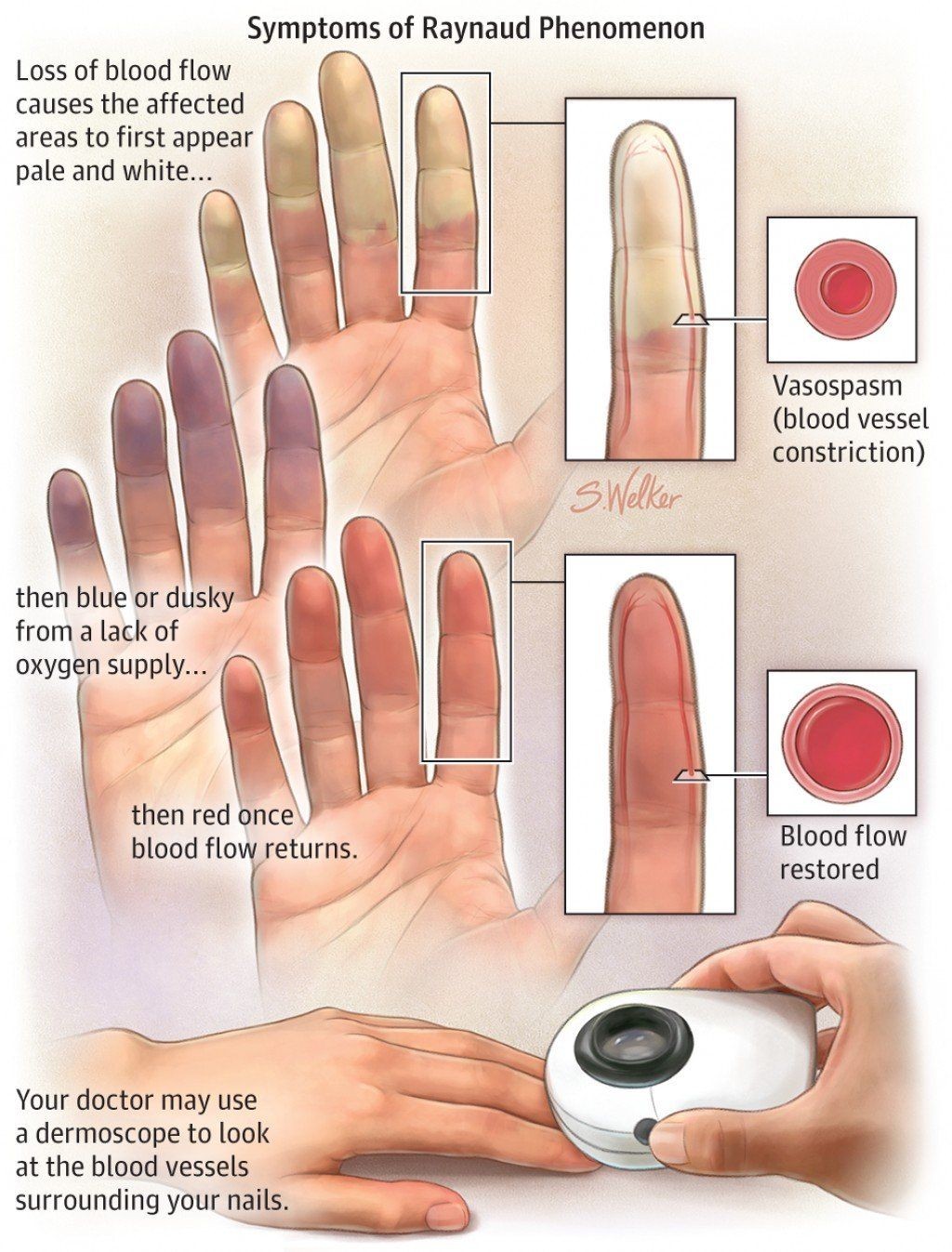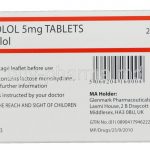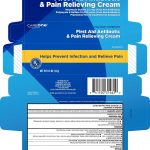
Contents
Raynaud’s Phenomenon
Raynaud’s phenomenon (RP) is a disorder resulting in vasospasm, a series of discolorations of the fingers and/or toes after exposure to changes in temperature or emotional events. Most people with RP have a sensitivity to cold. Skin discoloration occurs because an abnormal spasm of the blood vessels causes diminished blood flow to the local tissues. The digit(s) turn white due to the diminished blood flow, then turn blue due to a prolonged lack of oxygen, and finally, the blood vessels reopen, causing a local "flushing" phenomenon that turns the digit(s) red. This three-phase color sequence (white to blue to red) is characteristic of RP, especially upon exposure to cold temperature.
Raynaud’s phenomenon most frequently affects women, especially in the second, third, or fourth decades of life. It can occur alone or as a part of other rheumatic diseases. Raynaud’s phenomenon in children is essentially identical to that in adults. When it occurs alone, it is referred to as primary Raynaud’s phenomenon. When it accompanies other diseases, it is called secondary Raynaud’s phenomenon.
Causes of Raynaud’s Phenomenon
The causes of primary and secondary Raynaud’s phenomenon are unknown. Abnormal nerve control of the blood vessels and nerve sensitivity to cold exposure may play a role. The characteristic color changes of the digits are related to blood-vessel narrowing due to muscle spasms and abnormal thickness of the inner lining of the vessels.
Risk factors for Raynaud’s phenomenon include:
- injury from frostbite and vibrating tools
- medications
- rheumatic autoimmune diseases
Raynaud’s phenomenon has been associated with various conditions, including rheumatic autoimmune diseases, hormone imbalance, trauma, medications, nicotine, and, rarely, cancers.
Symptoms of Raynaud’s Phenomenon
Symptoms of RP vary depending on the severity, frequency, and duration of the blood vessel spasm. Mild disease presents with skin discoloration upon cold exposure, along with mild tingling and numbness of the digits that resolves once the color returns to normal. More severe cases can cause pain, ulceration, and infection in the digits. Less common areas such as the nose, ears, and tongue can also be affected.
Patients with secondary RP may experience additional symptoms related to their underlying diseases.
Diagnosis of Raynaud’s Phenomenon
In patients with the characteristic sequence of skin-color changes of the digits upon cold exposure, diagnosing RP is usually straightforward. Capillary nail-fold abnormalities can suggest the possibility of an associated rheumatic condition. No single blood test confirms the diagnosis, but certain tests can help exclude associated rheumatic diseases and thyroid disorders.
Doctors who treat Raynaud’s phenomenon include general medicine physicians, family medicine physicians, internists, rheumatologists, and hand surgeons.
Treatment for Raynaud’s Phenomenon
Managing Raynaud’s phenomenon involves protecting the fingers and toes from cold, trauma, and infection, as well as avoiding medications that can worsen symptoms. Medications that dilate the blood vessels may be prescribed for persistent symptoms.
Prevention measures, such as keeping the body warm, wearing warm clothing, and avoiding exposure to cold temperatures, are important in primary and secondary RP. Care should be taken to avoid direct trauma and wounds, and smoking should be avoided. Medications that open blood vessels or thin the blood can be helpful in some cases. Severe RP may require nerve surgery to interrupt the nerves that stimulate blood-vessel constriction.
It is important for patients with RP to take precautions and seek early treatment for wounds or infections to prevent complications.
Prognosis and Prevention of Raynaud’s Phenomenon
The outlook for individuals with Raynaud’s phenomenon depends on its severity and associated medical conditions. Simple measures, with or without medications, are usually effective in managing symptoms. Raynaud’s phenomenon can be prevented by avoiding triggers and certain medications.
From
Autoimmune Disease Resources
- Advancements in Treating Psoriatic Arthritis
- 9 Ways to Stay Healthy With B-Cell Therapy
- Saving Spoons: Your Daily Routine With RRMS
Featured Centers
- What Are the Best PsA Treatments for You?
- Understanding Biologics
- 10 Things People With Depression Wish You Knew


